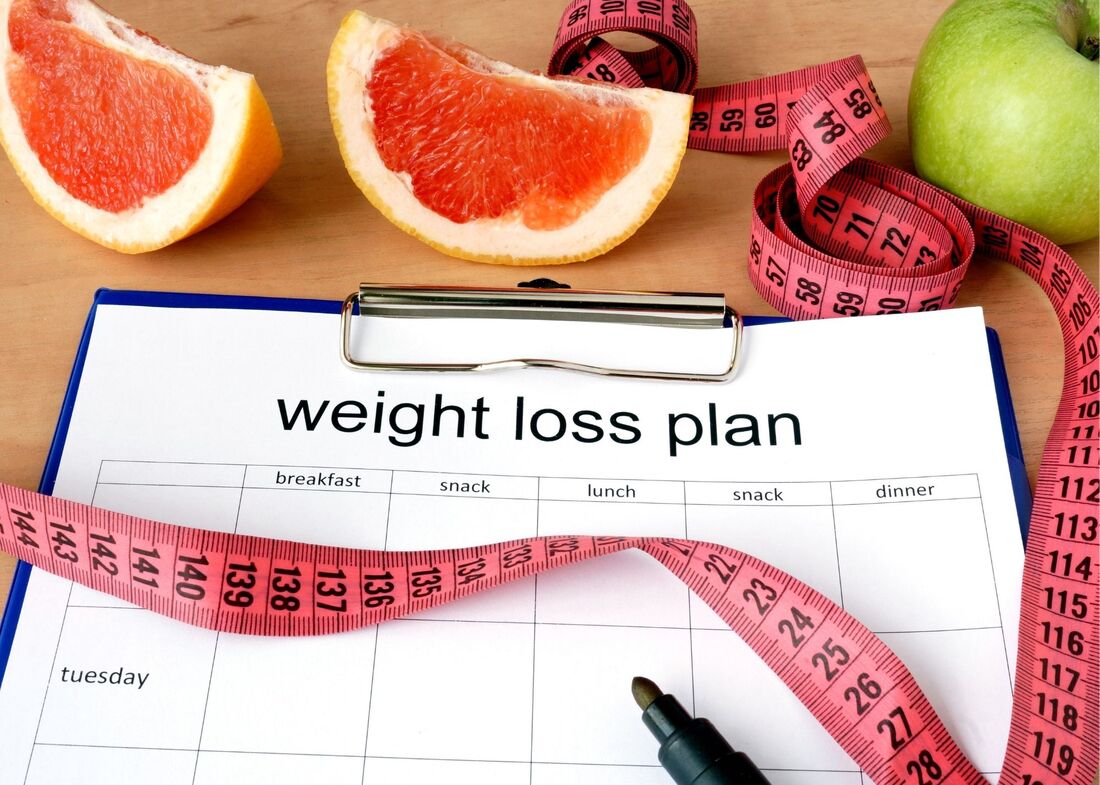All Categories
Featured
Table of Contents
-1
Commanders of army bases should analyze their facilities to recognize and eliminate problems that urge several of the eating practices that promote obese. Some nonmilitary employers have enhanced healthy consuming choices at worksite dining centers and vending machines. Although several publications suggest that worksite weight-loss programs are not very reliable in lowering body weight (Cohen et al., 1987; Forster et al., 1988; Frankle et al., 1986; Kneip et al., 1985; Loper and Barrows, 1985), this may not be the instance for the armed forces as a result of the better controls the military has more than its "employees" than do nonmilitary employers.
-1Management of obese and weight problems requires the active involvement of the person. Nourishment professionals can offer people with a base of details that enables them to make knowledgeable food options. Nourishment education and learning stands out from nourishment counseling, although the components overlap considerably. Nourishment therapy and dietary monitoring often tend to focus more directly on the inspirational, psychological, and emotional issues linked with the current job of weight loss and weight administration.
-1Unless the program participant lives alone, nourishment administration is rarely reliable without the participation of member of the family. Weight-management programs may be divided into 2 stages: fat burning and weight upkeep. While workout might be one of the most essential component of a weight-maintenance program, it is clear that dietary constraint is the vital part of a weight-loss program that influences the rate of fat burning.
-1Thus, the energy balance formula might be impacted most considerably by lowering energy intake. gastric sleeve cost. The variety of diet regimens that have been proposed is practically countless, however whatever the name, all diet regimens contain decreases of some proportions of healthy protein, carb (CHO) and fat. The adhering to areas take a look at a number of arrangements of the percentages of these 3 energy-containing macronutrients
Weight Loss Treatment – Boya 6056

-1
This sort of diet regimen is composed of the sorts of foods a patient usually consumes, yet in reduced quantities. There are a number of reasons such diet plans are appealing, but the main reason is that the referral is simpleindividuals require only to adhere to the U.S. Division of Agriculture's Food pyramid.
-1In operation the Pyramid, however, it is necessary to stress the part sizes made use of to develop the recommended variety of servings. For instance, a majority of customers do not understand that a portion of bread is a single slice or that a section of meat is only 3 oz. A diet plan based upon the Pyramid is easily adapted from the foods offered in team settings, including military bases, considering that all that is needed is to eat smaller portions.
-1Most of the studies released in the clinical literature are based on a balanced hypocaloric diet plan with a reduction of power intake by 500 to 1,000 kcal from the individual's common calorie consumption. The United State Food and Drug Management (FDA) suggests such diet plans as the "typical therapy" for scientific tests of brand-new weight-loss drugs, to be made use of by both the energetic agent team and the placebo group (FDA, 1996).
-1The biggest quantity of fat burning happened early in the researches (concerning the first 3 months of the strategy) (Ditschuneit et al., 1999; Heber et al., 1994). One research study located that females lost extra weight between the 3rd and 6th months of the plan, yet males lost a lot of their weight by the 3rd month (Heber et al., 1994).
Surgical Bariatrics
-1In comparison, Bendixen and colleagues (2002) reported from Denmark that dish replacements were related to unfavorable results on fat burning and weight maintenance. Nevertheless, this was not a treatment research study; participants were adhered to for 6 years by phone interview and data were self-reported. Unbalanced, hypocaloric diet plans restrict one or more of the calorie-containing macronutrients (protein, fat, and CHO).
-1A number of these diet plans are published in books targeted at the ordinary public and are typically not created by health experts and often are not based upon sound scientific nourishment principles. For some of the nutritional routines of this type, there are couple of or no research magazines and virtually none have actually been studied lengthy term.
Gastric Band – Boya
-1The significant kinds of unbalanced, hypocaloric diet regimens are talked about below. There has been significant debate on the optimal proportion of macronutrient consumption for grownups. This research normally compares the quantity of fat and CHO; nevertheless, there has actually been raising interest in the function of healthy protein in the diet (Hu et al., 1999; Wolfe and Giovannetti, 1991).
-1The size of these researches that examined high-protein diet plans only lasted 1 year or much less; the lasting safety and security of these diets is not known. Low-fat diets have been among the most frequently made use of therapies for obesity for years (Astrup, 1999; Astrup et al., 1997; Blundell, 2000; Castellanos and Rolls, 1997; Flatt, 1997; Kendall et al., 1991; Pritikin, 1982).
-1Outcomes of recent research studies suggest that fat limitation is also valuable for weight maintenance in those that have actually dropped weight (Flatt 1997; Miller and Lindeman, 1997). Nutritional fat decrease can be attained by counting and limiting the number of grams (or calories) consumed as fat, by restricting the intake of certain foods (for instance, fattier cuts of meat), and by substituting reduced-fat or nonfat variations of foods for their greater fat counterparts (e.g., skim milk for whole milk, nonfat frozen yogurt for full-fat ice lotion, baked potato chips for deep-fried chips) (Dywer, 1995; Miller and Lindeman, 1997).
-1A number of variables might add to this seeming contradiction. Initially, all people appear to uniquely undervalue their intake of nutritional fat and to lower regular fat consumption when asked to videotape it (Goris et al., 2000; Macdiarmid et al., 1998). If these results reflect the basic propensities of people completing dietary studies, then the amount of fat being eaten by overweight and, potentially, nonobese individuals, is more than routinely reported.
Weight Loss Specialist (Boya)
-1They discovered that low-fat diet regimens regularly showed considerable fat burning, both in normal-weight and obese people. A dose-response relationship was also observed in that a 10 percent reduction in nutritional fat was predicted to generate a 4- to 5-kg weight management in a private with a BMI of 30. Kris-Etherton and associates (2002) located that a moderate-fat diet plan (20 to 30 percent of energy from fat) was more probable to promote weight loss because it was much easier for individuals to comply with this sort of diet plan than to one that was drastically restricted in fat (< 20 percent of energy).

-1
Very-low-calorie diet plans (VLCDs) were made use of extensively for fat burning in the 1970s and 1980s, however have fallen right into disfavor in the last few years (Atkinson, 1989; Bray, 1992a; Fisler and Drenick, 1987). FDA and the National Institutes of Health specify a VLCD as a diet regimen that provides 800 kcal/day or less. personalized weight loss plan. Given that this does not consider body size, a more clinical meaning is a diet that provides 10 to 12 kcal/kg of "desirable" body weight/day (Atkinson, 1989)
-1The servings are eaten three to five times per day. The primary objective of VLCDs is to produce reasonably fast fat burning without considerable loss in lean body mass. To attain this objective, VLCDs usually offer 1.2 to 1.5 g of protein/kg of preferable body weight in the formula or as fish, lean meat, or fowl.
Latest Posts
Obesity Clinic (Wellard )
Weight Loss Centre
What Is The Best Licensed Nutritionist Company?